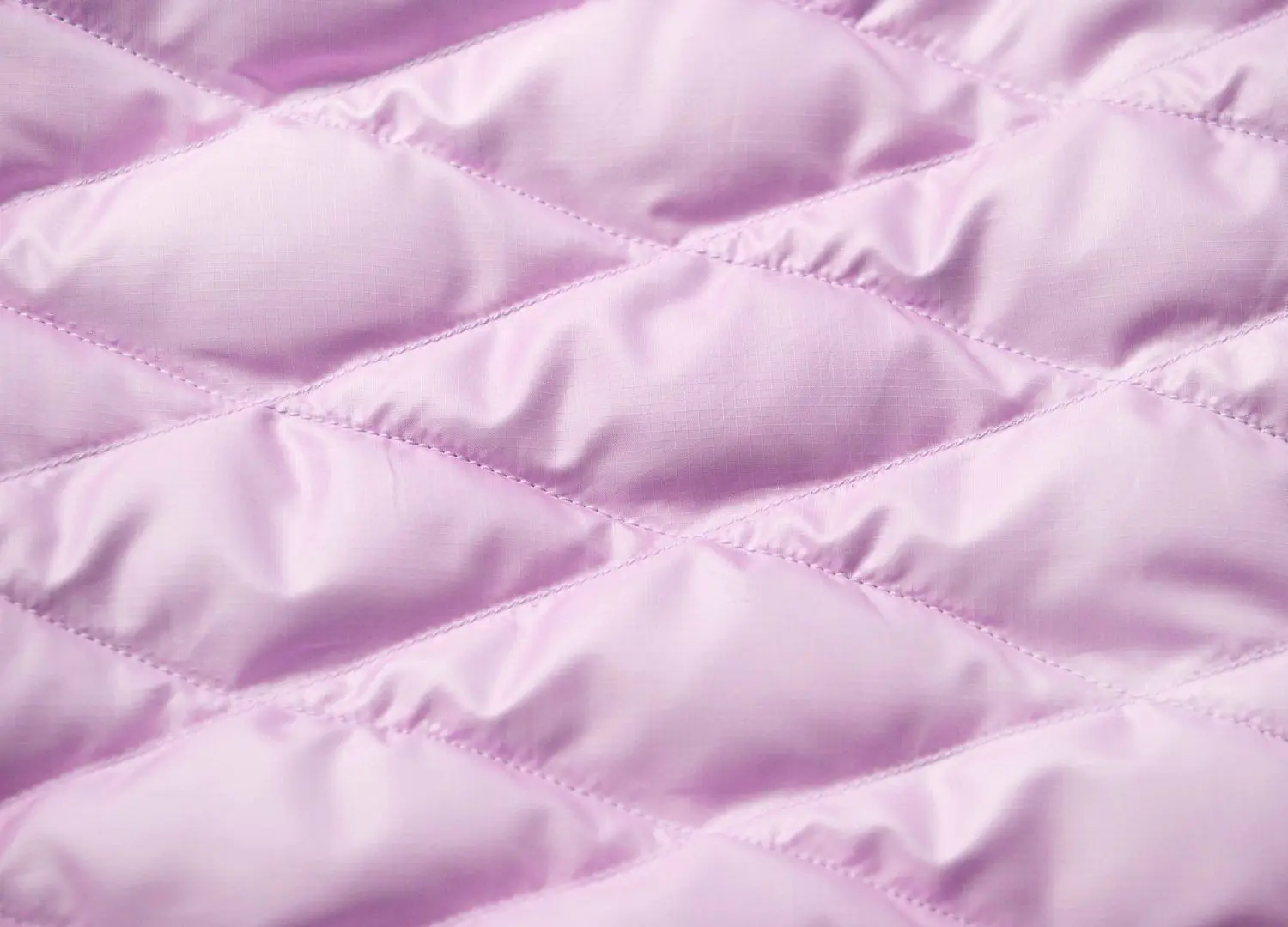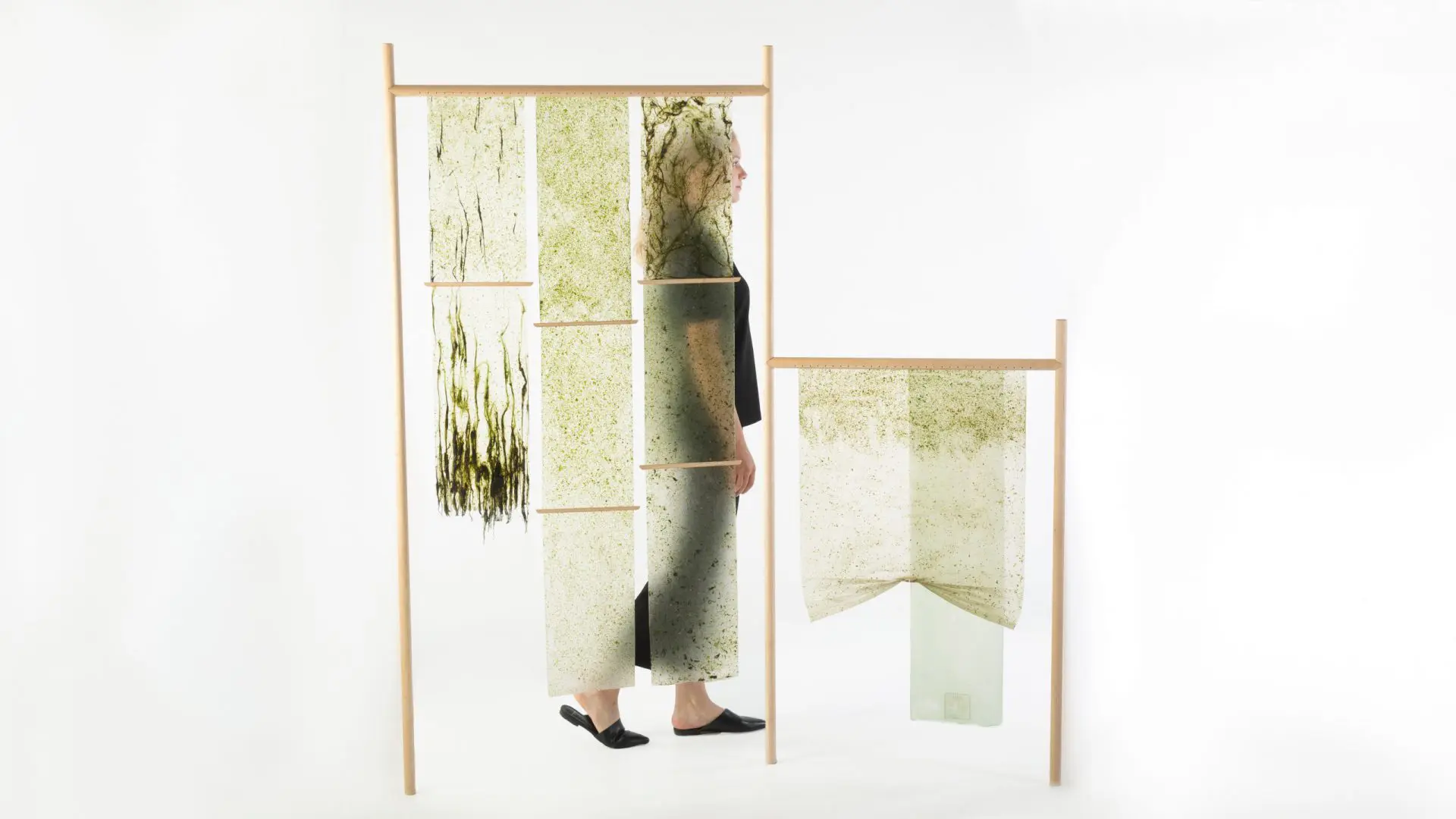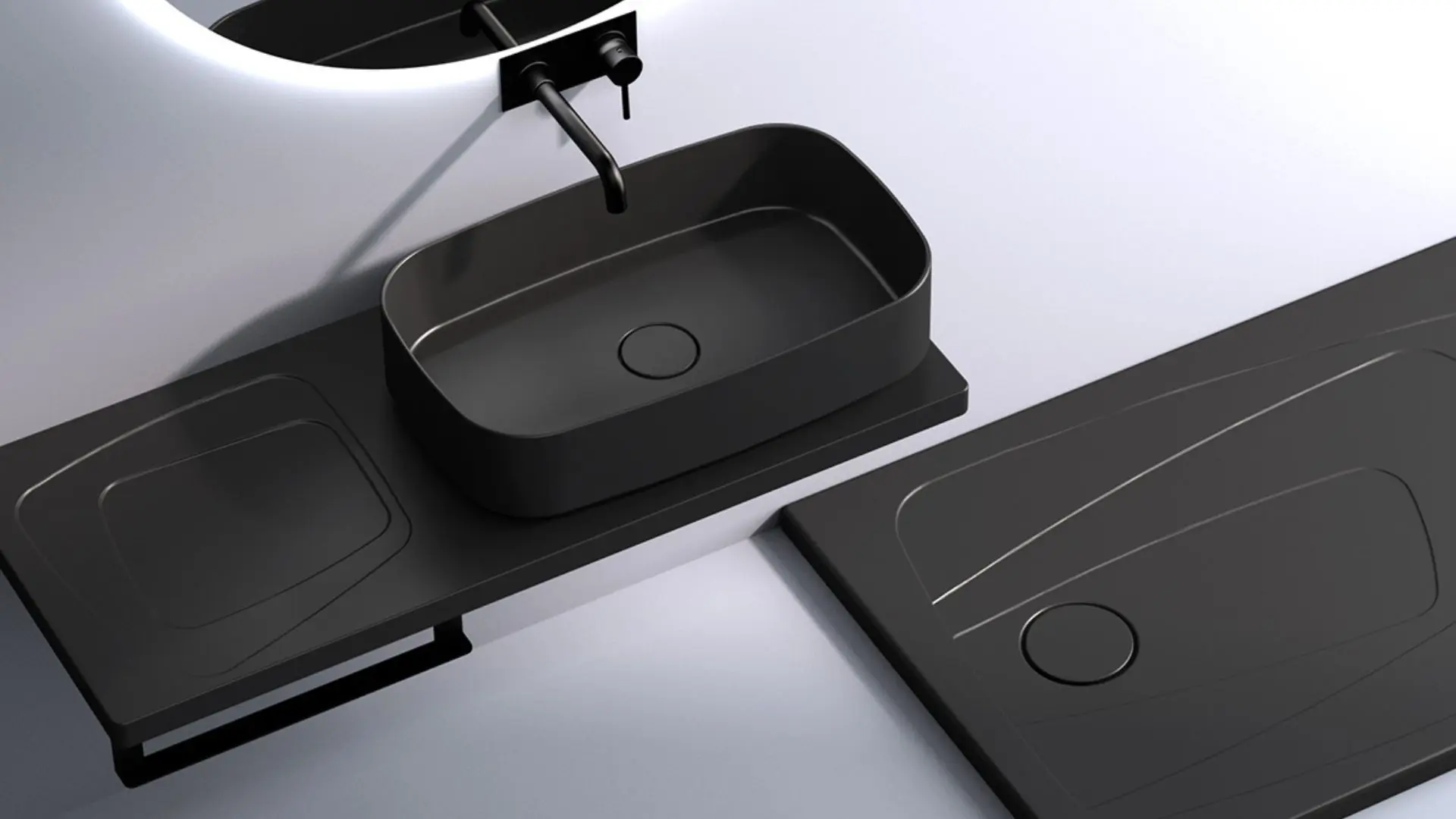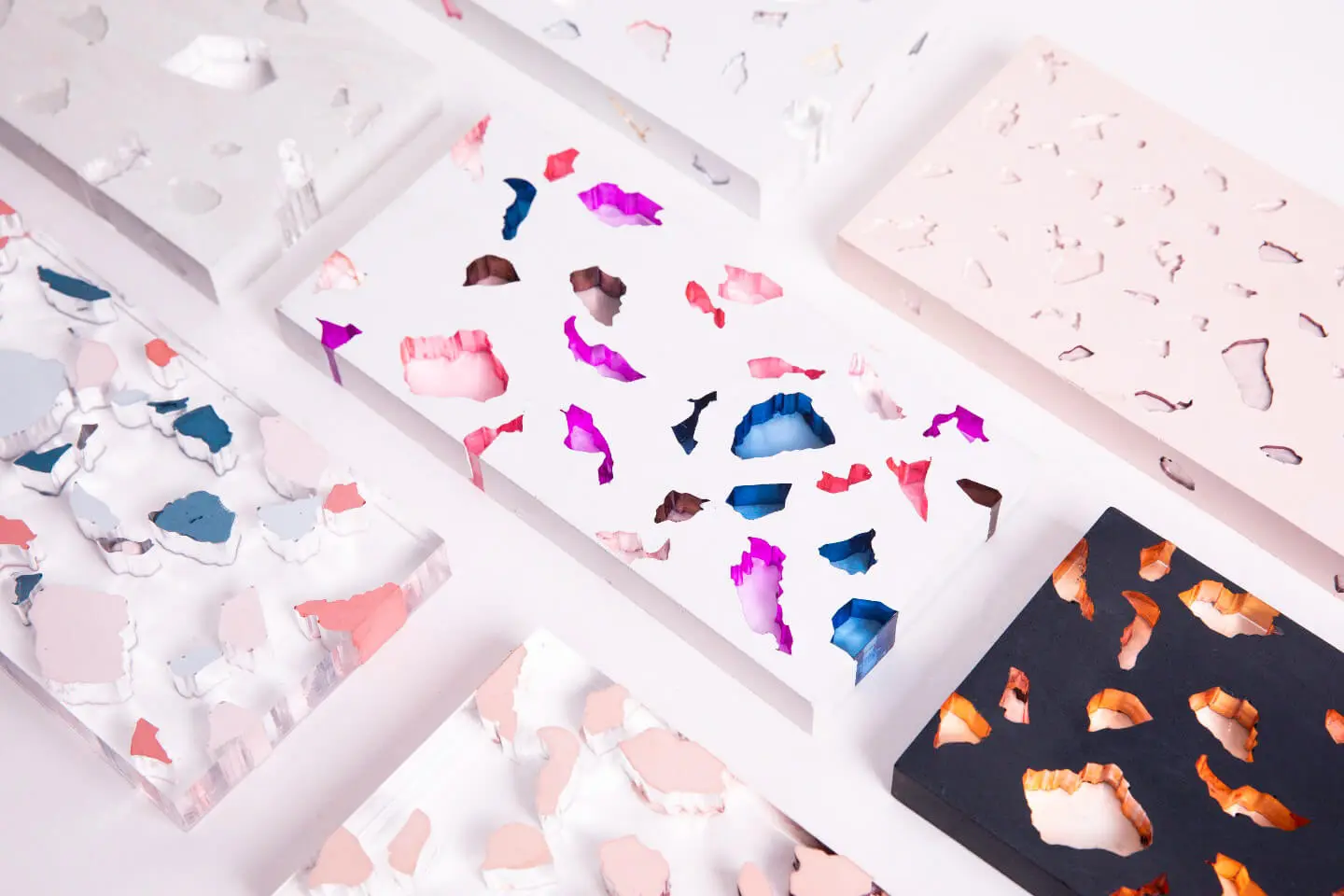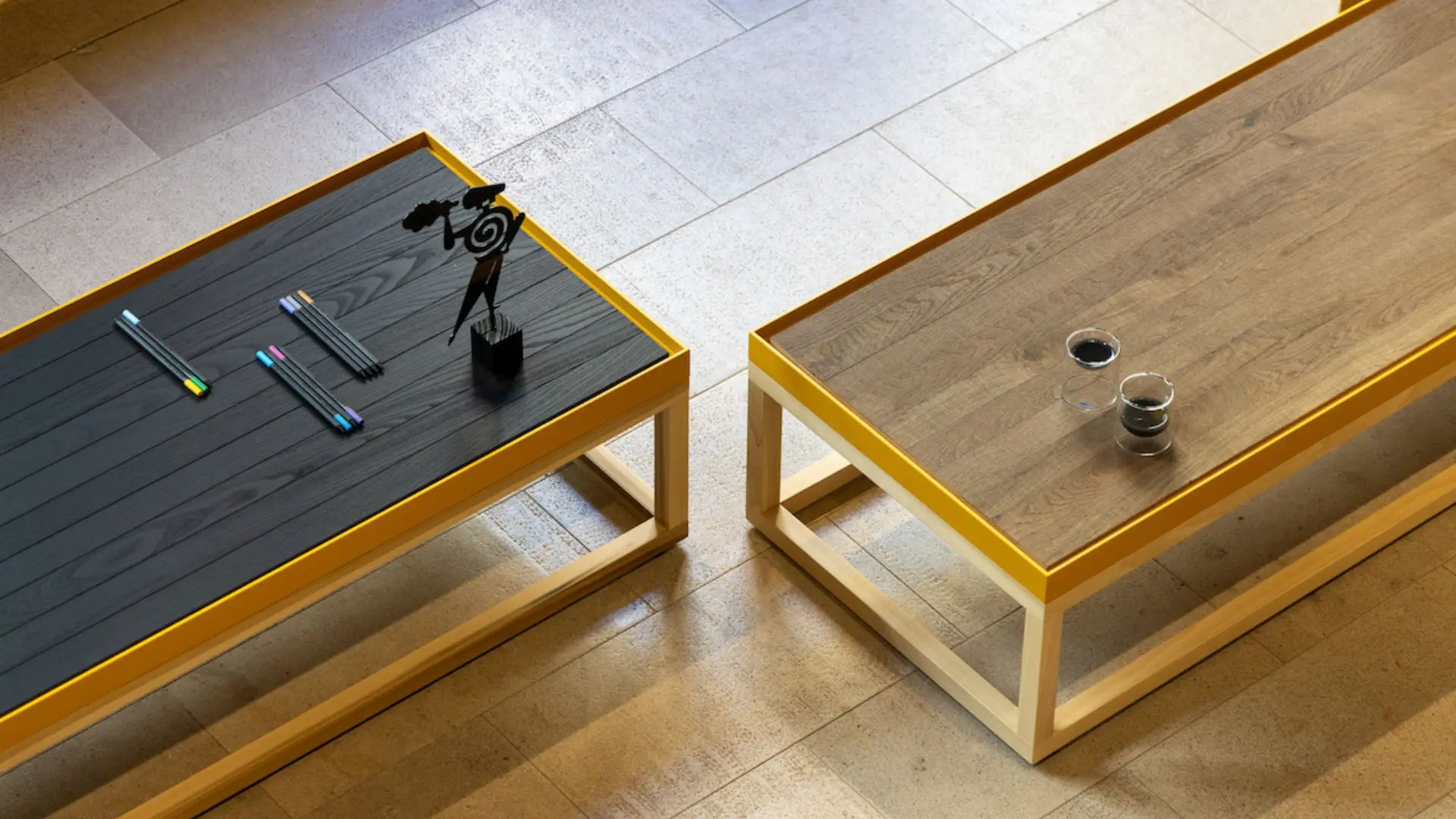Nature’s warmth: the ecological impact of innovative plant-based insulation
Introducing BioPuff®, a biomaterial sourced from Typha latifolia (also known as bulrushes, cattail, and corndog). Grown in wetlands, this plant offers a lightweight, warm, and water-repellent sustainable insulation alternative to the traditional animal-based and synthetic fillers.
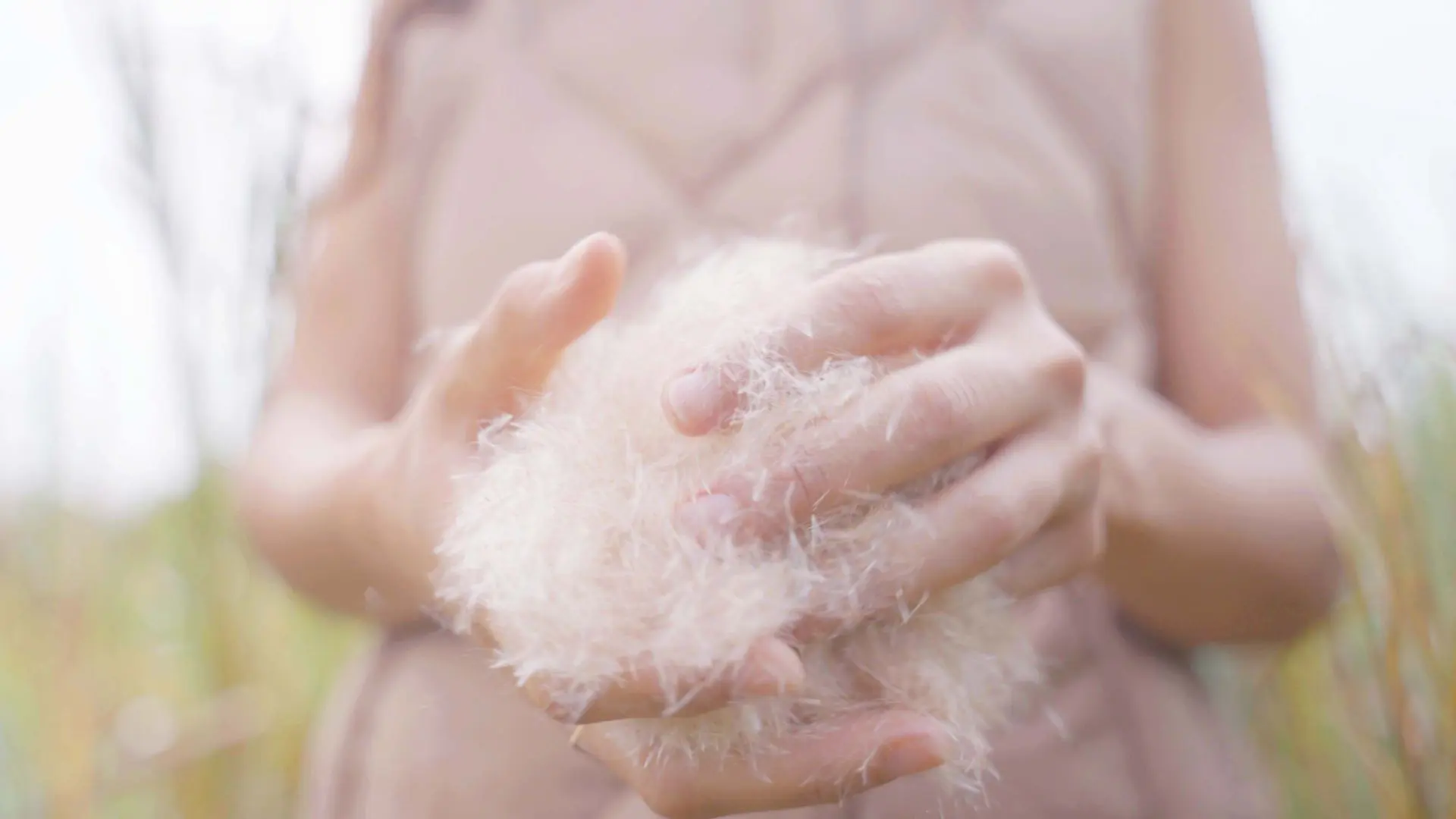
Ponda, the mind behind the creation of the innovative material BioPuff, is a UK-based company addressing sustainability in design creations by combining technology with ecological benefits of plant-based materials. They specialize in manufacturing an insulating textile fiber from a very specific plant species that not only has the potential of significantly lower the environmental impact of the fashion industry, but is also key in promoting biodiversity in particularly depleted areas.

BioPuff is a biomaterial sourced from Typha latifolia (also known as bulrushes, cattail, and corndog). Grown in wetlands, this plant offers a lightweight, warm, and water-repellent sustainable insulation alternative to the traditional animal-based and synthetic fillers. The seed heads can expand about 300 times. Characterized by an umbrella-like structure, fiber clusters composing its structure create insulating air pockets very similar to the natural high-volume structure of animal-derived down.
After testing for heat insulation properties, this natural fiber outperformed other established synthetic, animal, and plant-based fillers in fill-to-weight ratios. This means that designers can experiment with less material without compromising thermal comfort with a wide range of garments: from everyday jackets, to fashion and travel accessories, up to high-performance outdoor gear. For extended durability, the fibers get treated with a wax coating, which provides another layer of protection to the filling material during washing cycles.
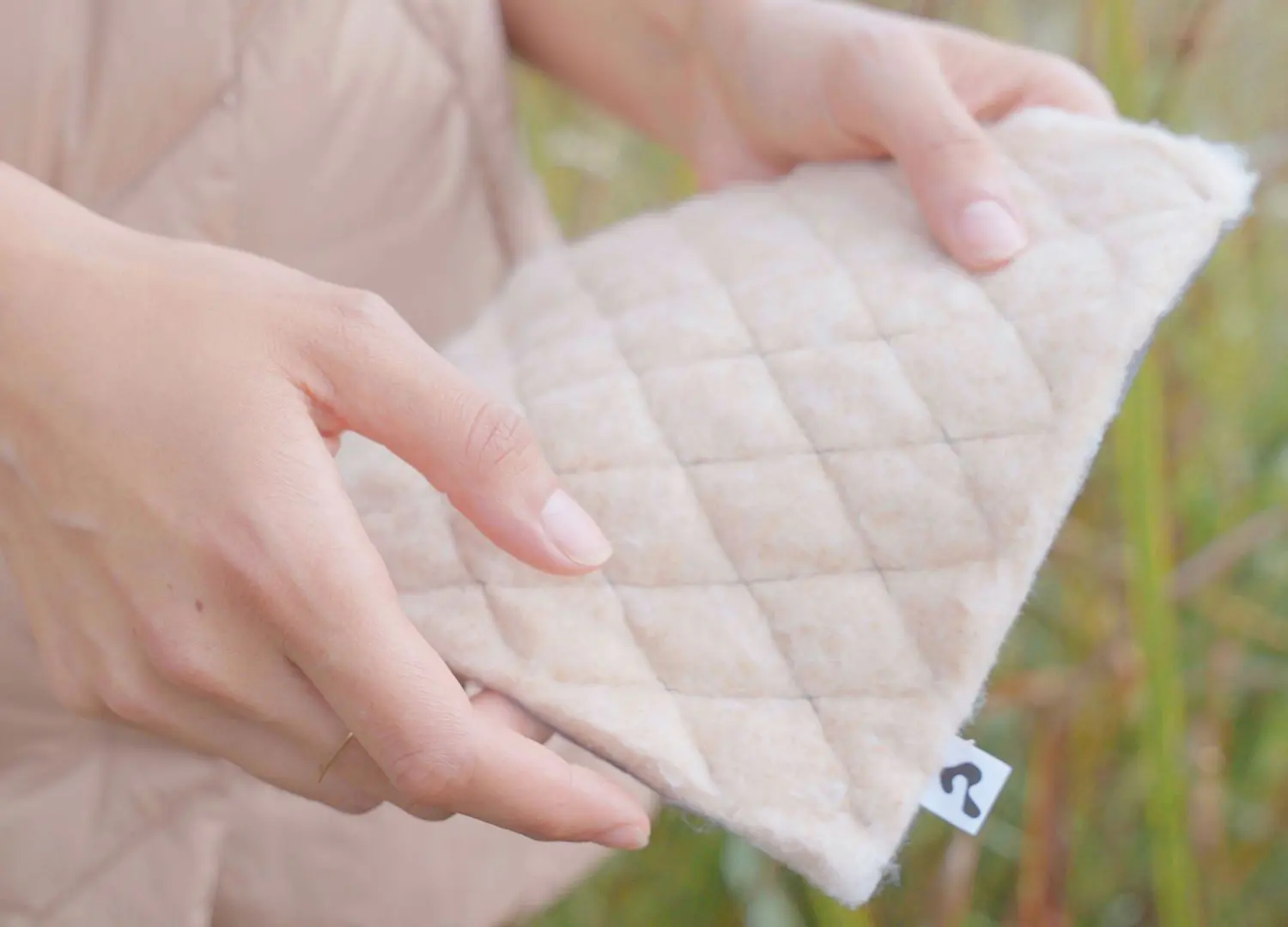
Among many plant species, it’s worth noting that cattail is a prime example of how paludiculture practices can support versatile material production while helping restore vital ecosystems. This plant sequesters carbon dioxide during its growth and helps to improve the quality of water that flows from wetland downstream into other aquatic systems.
It is capable of absorbing excess nutrients and pollutants such as nitrogen and phosphorus from the water by retaining it within its structures, thus supporting biodiversity. The restoration of these lands is also strictly linked to agricultural resilience which is a key element to sustain the livelihoods of local farmers in those areas.
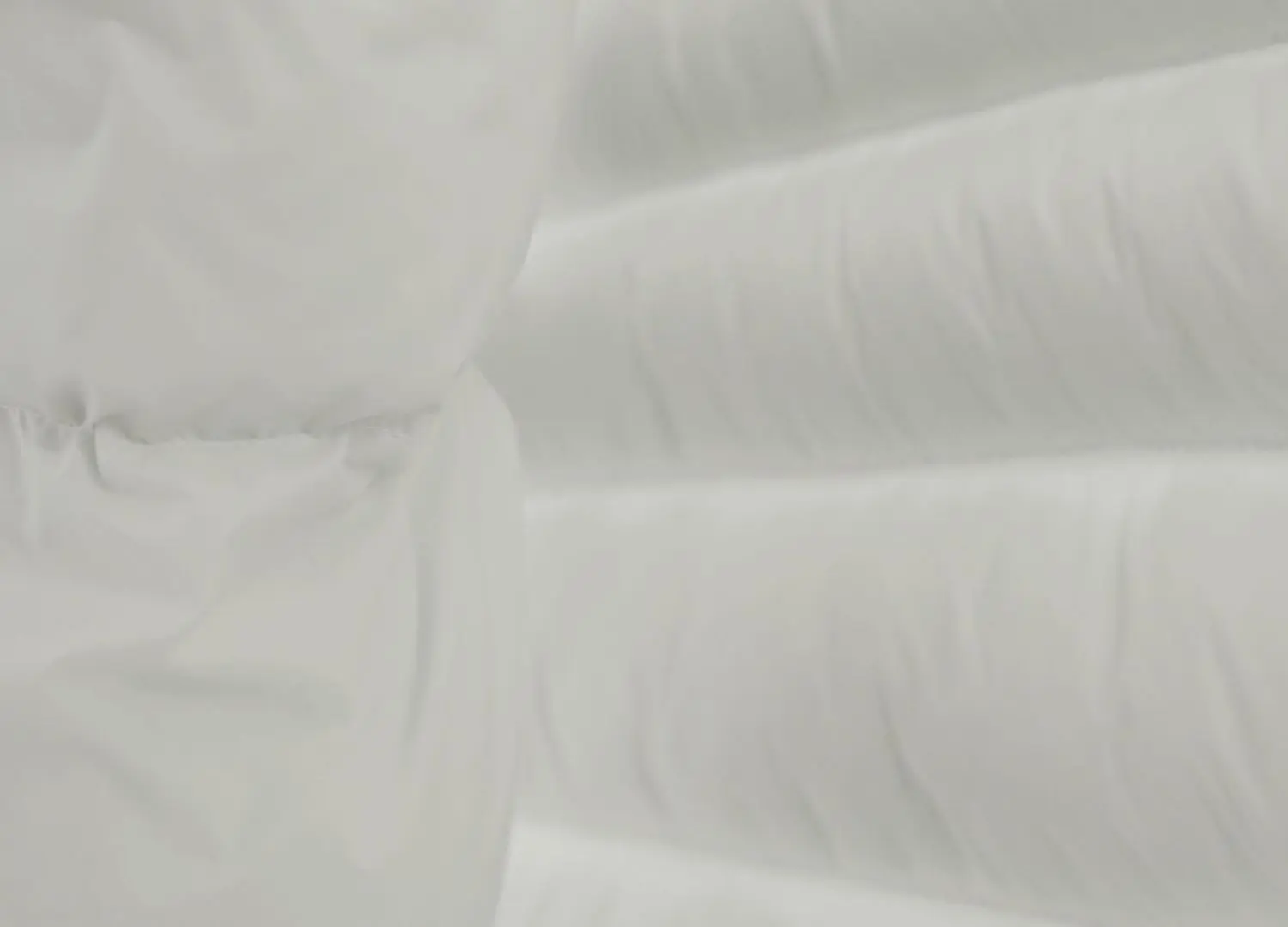
The demand for the development of alternatives, so innovative materials, challenging the misconception that a plant based material is inferior, or not as durable and resilient as its animal-based counterpart, has shaped the market and designers’ creativity. BioPuff by Ponda demonstrates that a combination of reliable technical performances and deep environmental and social benefits is possible.
BioPuff filling rates for its loose fill are in the range of 0.027-0.045g per cm2, for 3-7 cm baffle height, and about 0.040-0.050 g per cm2. 8-10 cm baffle height. The loose fill is composed of 60% Typha fiber, and 40% recycled polyester with enhanced biodegradability, tested according to several standards. Given these characteristics, well-known brands have already chosen to use it for different garments.
Fashion brand Stella McCartney, has successfully used it for padding in their Falabella purse, as part of their Autumn 2024 collection.
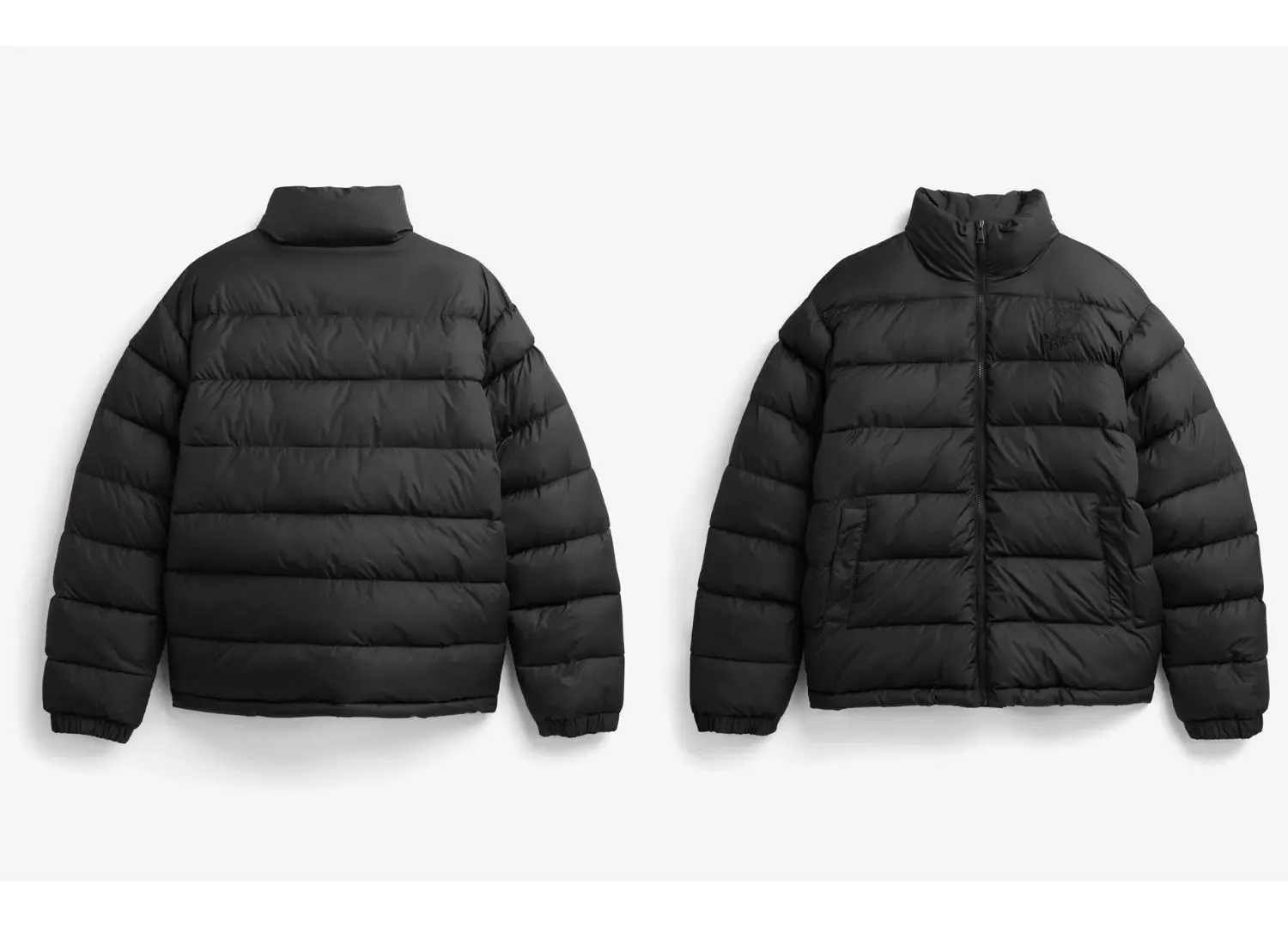
Moreover, the material was used together with other bio-based materials specifically engineered for the textile industry in a collaboration with Parley for the Oceans, an environmental organization and creative network for design, and High Sky Farm Universe, a mission-led brand built as a means of sustaining and expanding the work of nonprofit organizations investing in long-term, collaborative pathways.
BioPuff has been used as padding material for a collection of everyday wearable garments unveiled during the Future Fabrics Expo 2024.
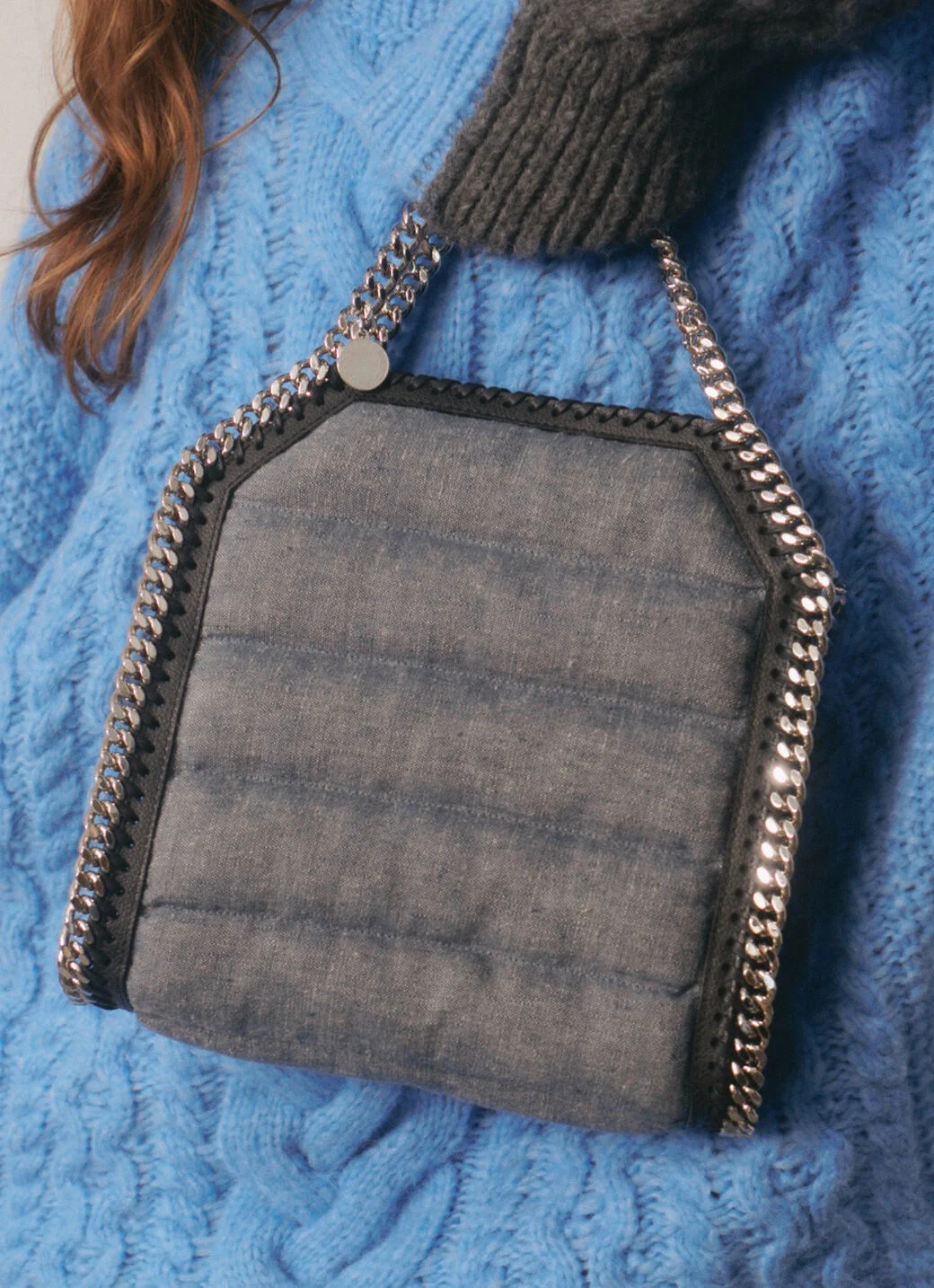
This material approach can be seen as a valid example for how industries can innovate in ways that are not only sustainable but also restorative. Once businesses are challenged to consider the lifecycle of their products and the long-term effects of their production methods, ecological renewal can thrive. We forecast a future in material design where support for technological advancement and nature are not mutually exclusive but rather deeply intertwined.




